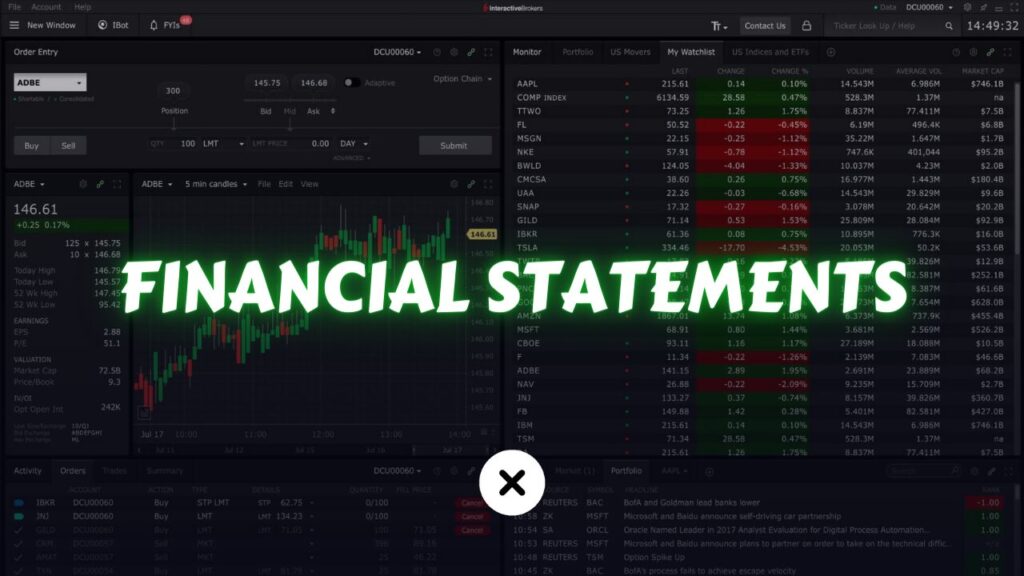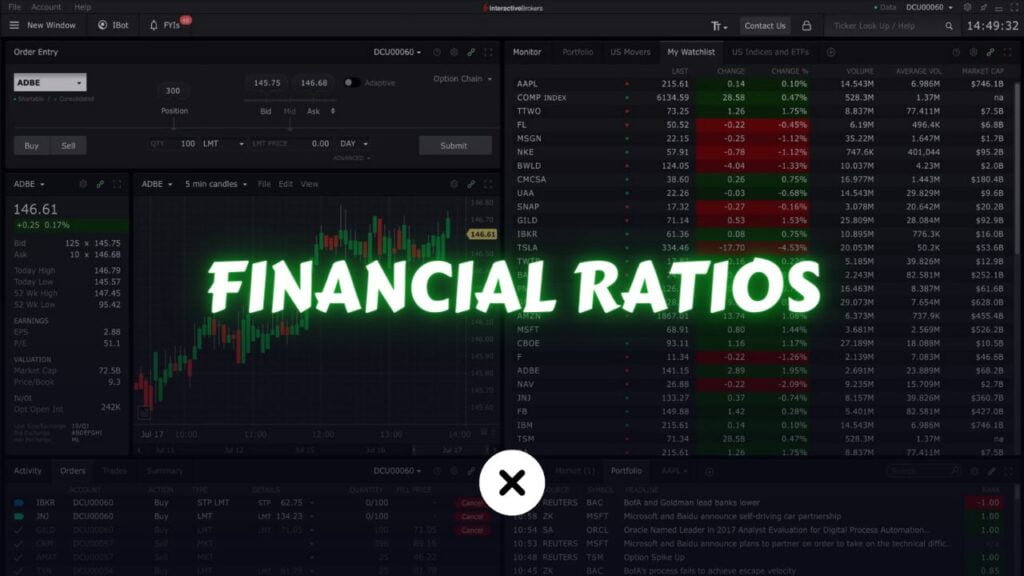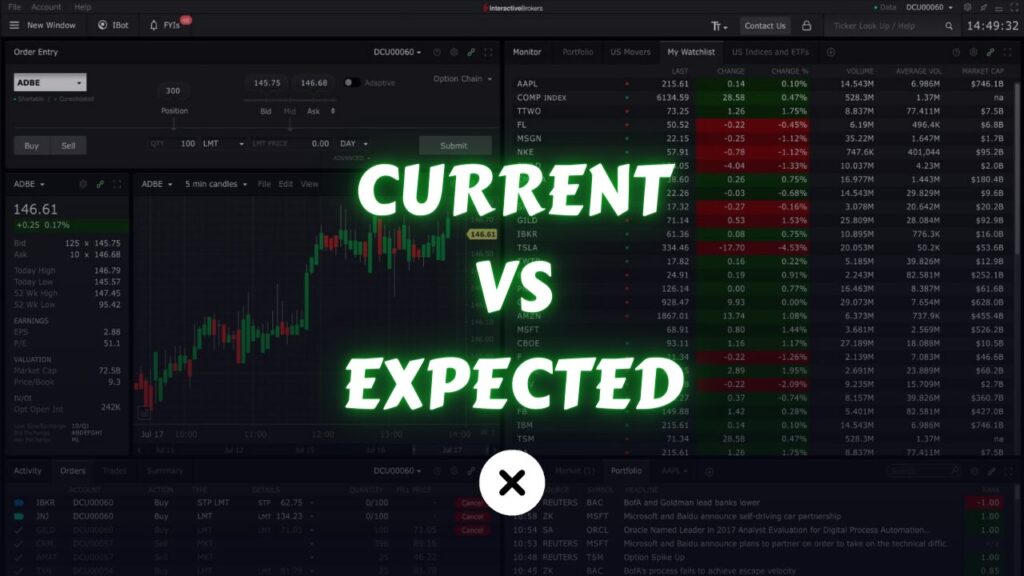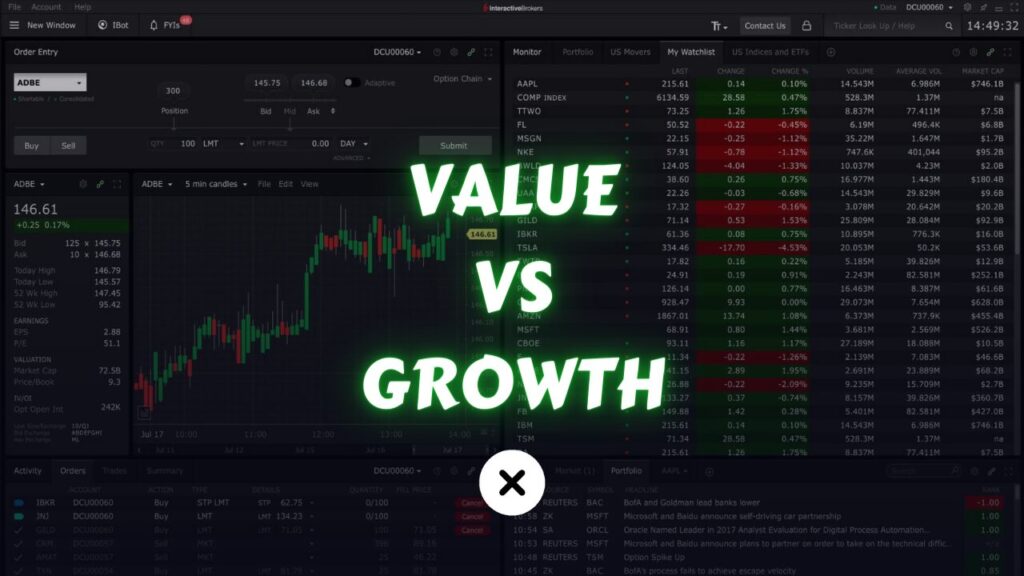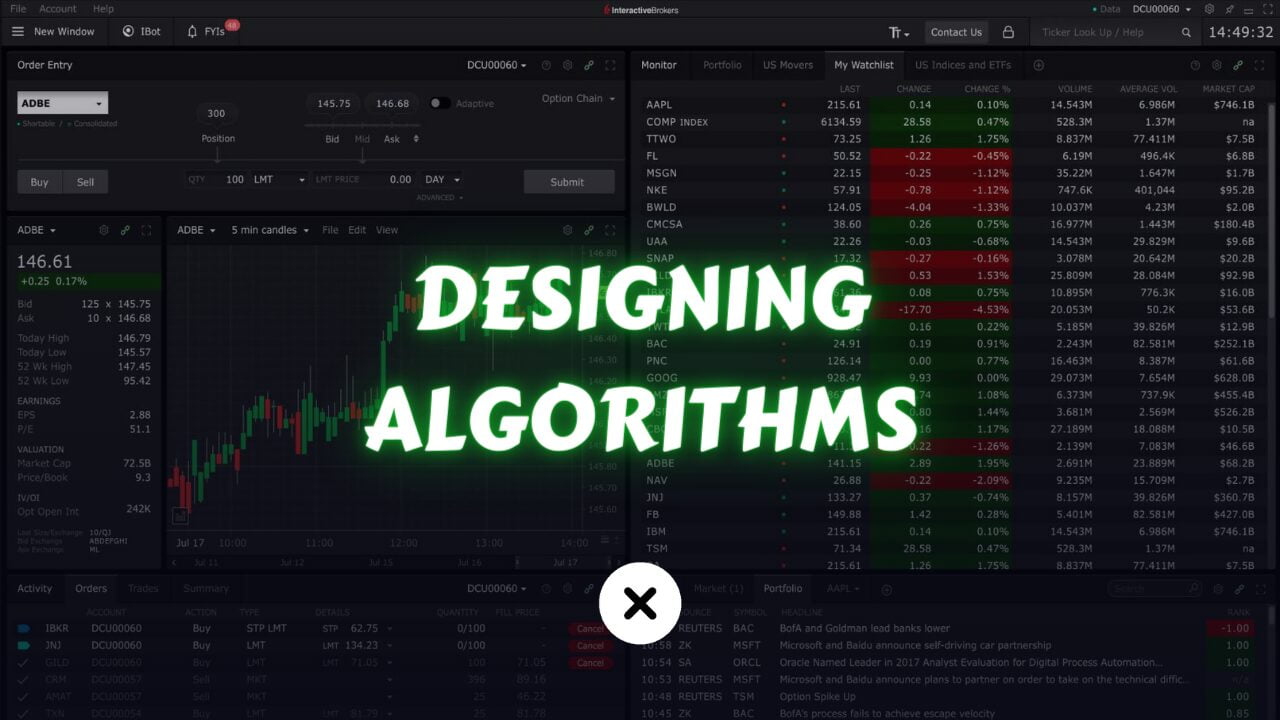
We’ve already talked about how to build a trading system. In this article, let’s see how to design trading algorithms, which means it’s programming architecture.
What is a Trading Algorithm?
A trading algorithm, also known as an algorithmic trading strategy or automated trading system, is a set of rules and instructions programmed into a computer to automatically execute trades in financial markets.
These algorithms use mathematical models, statistical analysis, and other techniques to identify trading opportunities based on predefined criteria such as price movements, volume patterns, or technical indicators.
Trading algorithms can execute trades at high speeds and frequencies, allowing traders to capitalize on market inefficiencies or exploit specific market conditions without human intervention.
In our previous article on building a trading system, we explored the stages and concepts of trading algorithms, but we didn’t discuss programming. This article concentrates on organizing your program’s code to minimize errors and make maintenance easier in the long run.
What is Program Design?
Program design refers to the process of planning and organizing the structure, flow, and functionality of a computer program before it is implemented.
It involves determining the overall architecture of the program, breaking down the problem into manageable components or modules, specifying how these components interact with each other, and designing algorithms to solve specific tasks or achieve desired outcomes.
Program design also involves considering factors such as efficiency, scalability, and maintainability to ensure that the resulting program meets the requirements and can be easily maintained and extended in the future.
When you’re going to program something, you need to spend time on the design. This is a really important part of programming because if you don’t design it well and you just start programming, there will be too many bugs. You’ll get stuck in a lot of different places.
It’s like building a house. If you just start by putting bricks on top of each other without knowing how many rooms there will be, or where the bathroom will be, or where the pipes and electricity lines are going to be, it won’t work. So, the right way to do it is like an architect. You draw everything out, every single thing that’s going to be included in that house. It takes a lot of time, but when you start building, it goes fast.
It’s the same thing in programming. Your design should take a lot of time, put a lot of thought into it, think of everything and how it’s going to interact with everything else. It should take a lot of time, but when you start programming, the process will speed up.
How to Design Trading Algorithms?
Designing the architecture for a trading algorithm involves careful consideration of various components and their interactions. Let’s take a look at a detailed explanation of the program architecture in steps.
1. Data Acquisition Layer:
At the base of the architecture lies the data acquisition layer responsible for fetching market data from various sources. This layer includes modules for interacting with APIs, scraping websites, or connecting to data feeds provided by financial institutions. Depending on the data sources, you might implement asynchronous or multithreaded techniques to fetch data efficiently and handle network latency.
2. Data Processing Layer:
Once the raw market data is acquired, it passes through the data processing layer where it undergoes preprocessing and cleaning. This involves handling missing values, adjusting for splits and dividends, and converting data into a standardized format suitable for analysis. Modules for data normalization, feature extraction, and transformation are implemented in this layer to prepare the data for further analysis.
3. Strategy Layer:
The strategy layer encapsulates the logic for the trading strategy defined earlier. It contains modules or classes that implement the rules and conditions for generating buy and sell signals based on the processed market data. The strategy layer is designed to be modular and extensible, allowing easy experimentation with different trading strategies and parameters.
4. Modeling and Prediction Layer:
If the trading strategy involves machine learning models, the modeling and prediction layer integrates these models into the architecture. This layer includes modules for training and evaluating machine learning models using historical market data. It also implements algorithms for feature selection, model validation, and hyperparameter tuning to optimize model performance.
5. Risk Management Layer:
The risk management layer is responsible for controlling the size of trading positions and managing risk exposure. It includes modules for calculating position sizes, setting stop-loss orders, and applying leverage constraints based on predefined risk management rules. This layer ensures that the trading algorithm operates within acceptable risk limits to protect against catastrophic losses.
6. Order Execution Layer:
Once buy and sell signals are generated by the trading strategy, they are passed to the order execution layer for implementation. This layer integrates with brokerage APIs or trading platforms to execute orders programmatically. It includes modules for placing market orders, limit orders, and other order types, as well as handling order confirmation and error handling.
7. Backtesting and Evaluation Layer:
The backtesting and evaluation layer enables the simulation of the trading algorithm using historical market data. It includes modules for replaying past market scenarios, simulating trades, and calculating performance metrics such as profitability, Sharpe ratio, and maximum drawdown. This layer allows traders to assess the effectiveness of their strategies before deploying them in live trading.
8. Monitoring and Logging Layer:
The monitoring and logging layer provides visibility into the performance and behavior of the trading algorithm. It includes modules for recording important events, errors, and performance metrics during backtesting and live trading. Real-time monitoring tools and dashboards may be implemented to track the algorithm’s health, connectivity with data sources, and execution of trades.
9. User Interface Layer (Optional):
Optionally, a user interface layer can be added to the architecture to provide a graphical interface for interacting with the trading algorithm. This could be a web-based dashboard, desktop application, or command-line interface (CLI) that allows users to configure settings, view performance reports, and monitor trades in real-time.
10. Integration Layer:
The integration layer facilitates communication and interaction between different components of the architecture. It includes modules for data exchange, event-driven communication, and service orchestration to ensure seamless integration and interoperability across the entire system.
11. Testing and Debugging Tools:
Throughout the architecture, testing and debugging tools are integrated to ensure the reliability and correctness of the trading algorithm. Unit tests, integration tests, and end-to-end tests are implemented to validate the behavior of individual components and the system as a whole. Debugging tools such as logging, error handling, and interactive debugging consoles assist in identifying and fixing issues during development and maintenance.
Conclusion
By following these steps, you can design a robust and scalable program for algorithmic trading that effectively implements your trading strategy and adapts to dynamic market conditions.
